Timeline of Joaquín Sorolla
Date
Event
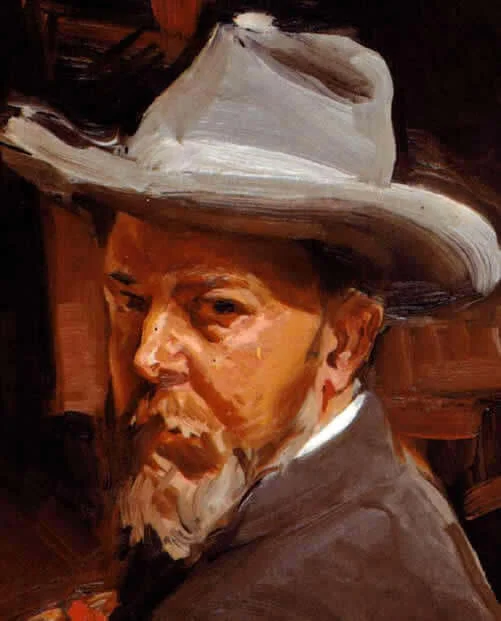
1863 - Sorolla is born on February 27 in Valencia, the son of Joaquín Sorolla Gascón and María Concepción Bastida Prat.
1864
On December 4, Sorolla's only sister, Concha Sorolla, is born.
1876
Sorolla begins studying drawing at the Escuela de Artesanos in Valencia.
1878
Sorolla is enrolled in the Escuela Superior de Bellas Artes de San Carlos to study painting.

Gertrude Kasebier photo of Joaquin Sorolla (ca. 1908) Philadelphia Museum of Art.
1880
Sorolla receives a silver medal for his work Moor Awaiting His Opportunity for Revenge.
1883
Sorolla earns a gold medal at the Regional Exhibition of Valencia for his work Nun in Prayer.
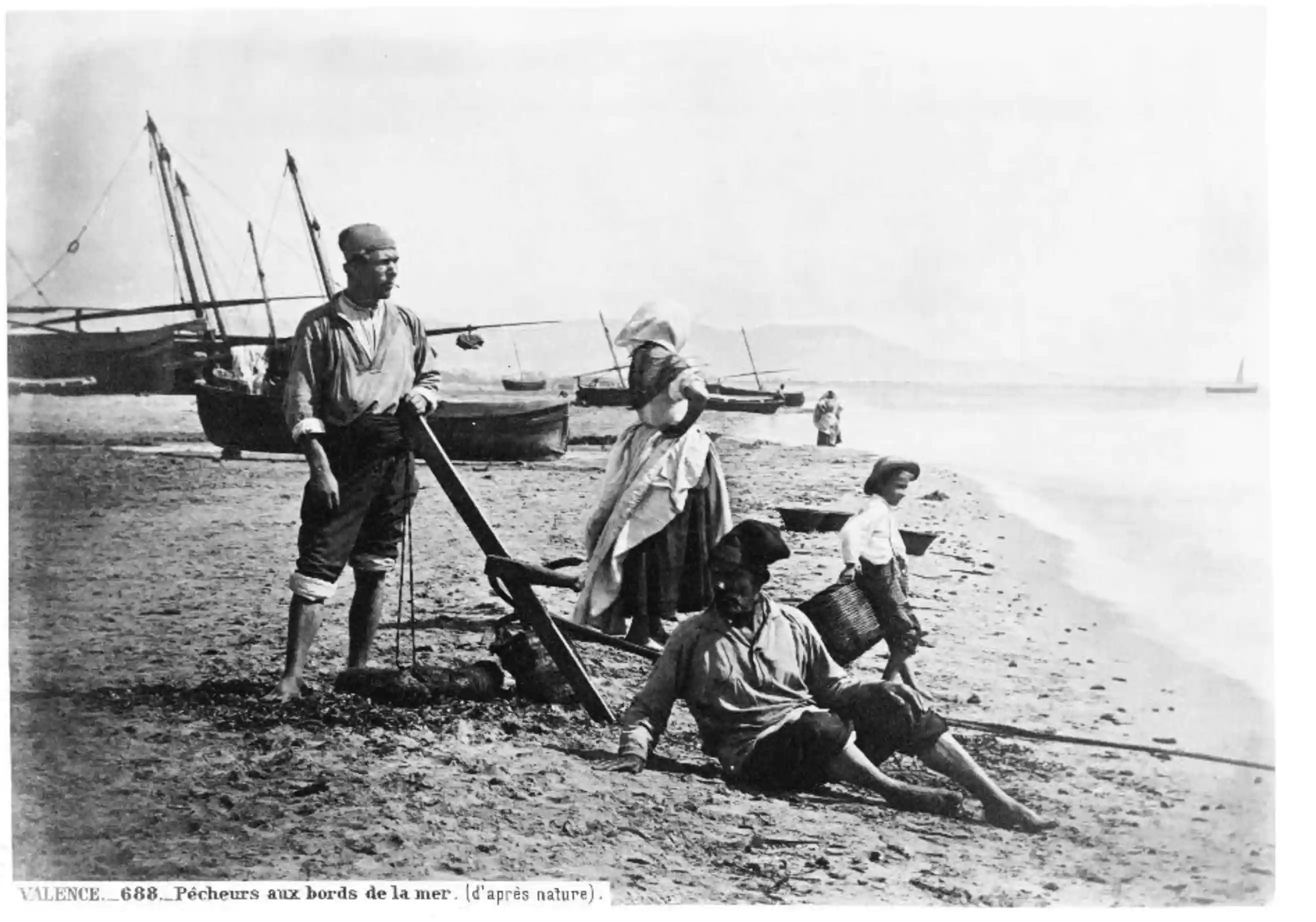
Laurent, J. Fishing in Valencia, Spain (19th century) Credit: Library of Congress
1884
Sorolla receives another gold medal for his work The Second of May. With his work The Cry of the Palleter, Sorolla wins a scholarship from the Provincial Council of Valencia to go to Rome.
1885
Sorolla travels to Rome, where he will remain until 1889.
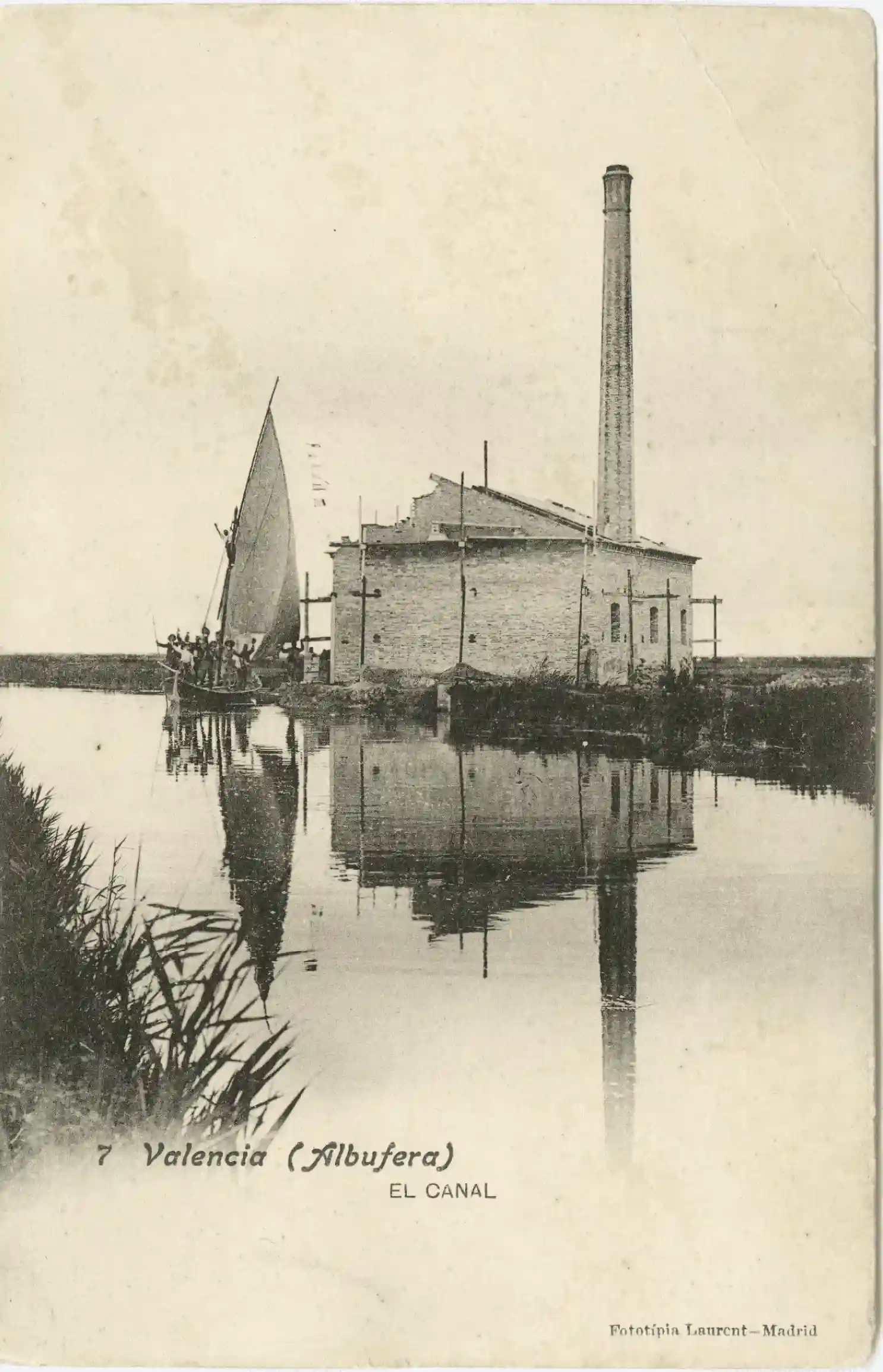
Albufera Lagoon, Valencia, Spain during Sorolla's lifetime. Credit: Library of Congress
1888
On September 8, Sorolla marries Clotilde García del Castillo, the daughter of his patron, photographer Antonio García Peris. Sorolla moves to the city of Assisi in Italy.
1889
Sorolla completes his scholarship in Rome and returns to Spain, settling in Madrid. In that year, his daughter María is born. His son Joaquín is born in 1892. In 1895, his daughter Elena.
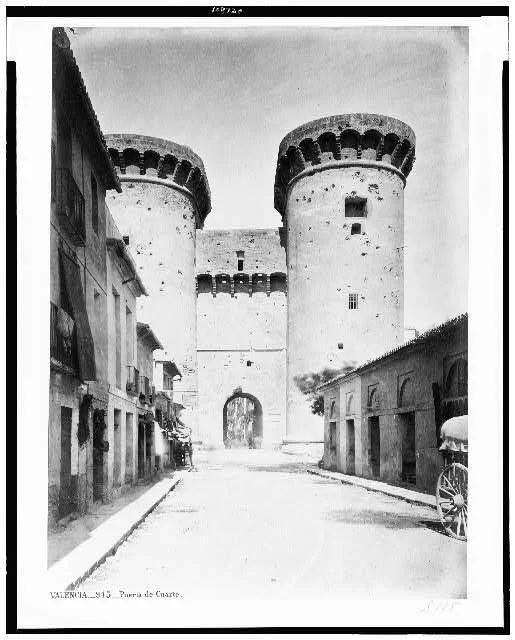
Laurent, J., Fifteenth century city gate and towers, Valencia, Spain (19th century) Credit: Library of Congress

Laurent, J. Fourteenth Century City Gate, Valencia, Spain (19th Century) Credit: Library of Congress
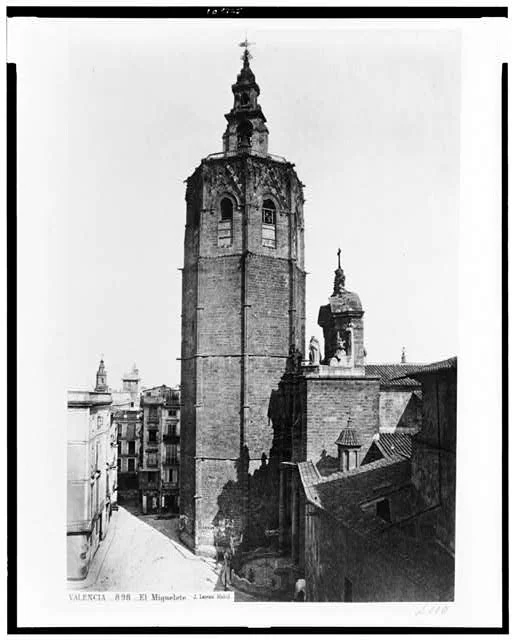
Laurent, J, Photograph, Bell Tower, Valencia, Spain (1860) Credit: Library of Congress
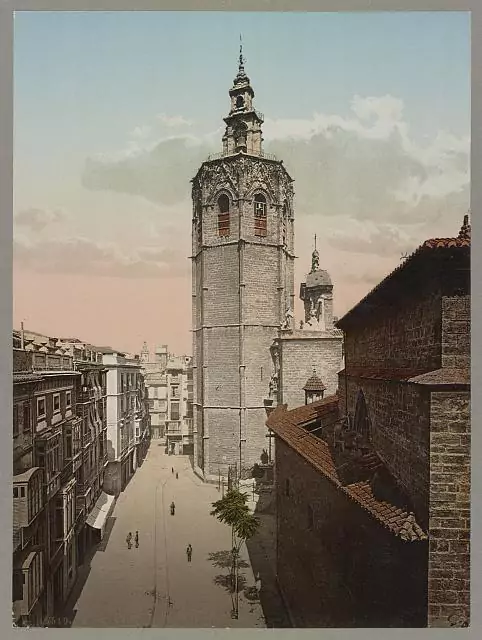
Photoglob, El Miguelete, Valencia, Spain (19th century) Credit: Library of Congress
1900
Sorolla receives the Medal of Honor from the Exposition Universelle in Paris. Sorolla's period of light begins. He continues experimenting in his quest to capture light. Sorolla paints portraits that produce large revenues.
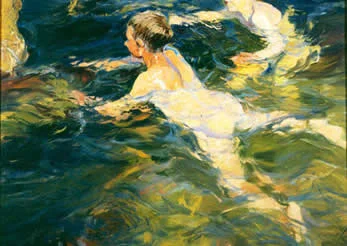
1906
Sorolla has an exhibition in the Gallerie Georges Petit in Paris. The following year, the exhibition moves to Germany, and then to London in 1908.
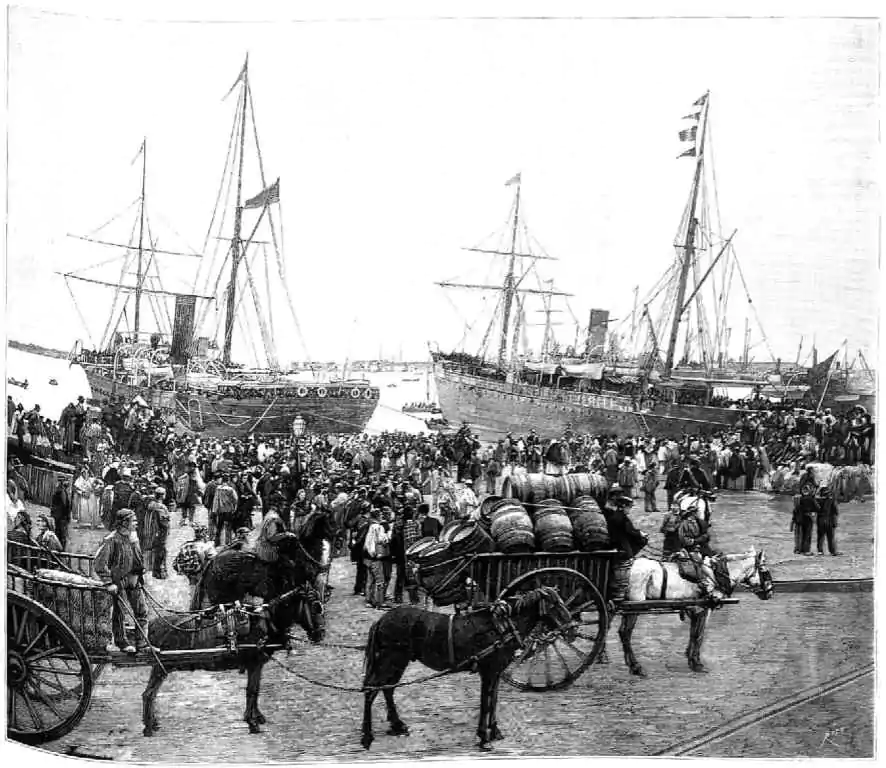
Valencia, Spain (ca. 1894) where Sorolla was born.
1911
Sorolla brings an exhibit to New York, Buffalo, and Boston. Thanks to the involvement of Archer Milton Huntington, whom he had met in London, Sorolla signs a contract with The Hispanic Society of America, through which he commits to painting murals representing the different provinces of Spain. It would be a monumental work. Sorolla completes this work between 1912 and 1919, traveling throughout Spain to gather information about the country.
1920
Sorolla suffers a stroke, which leaves him paralyzed on his left side.
1923
Sorolla dies on August 10 in Cercedilla, Madrid.